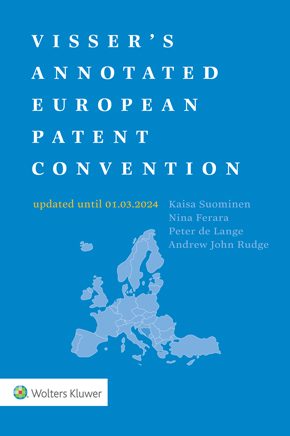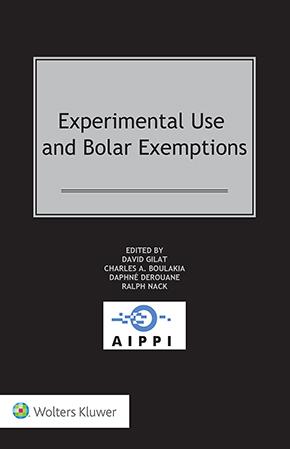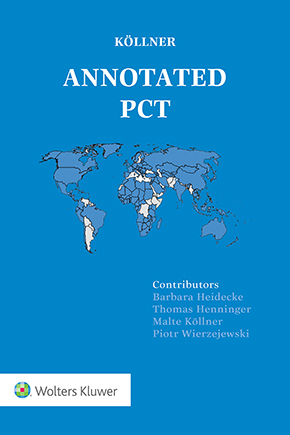Why the decision UPC_CFI_497/2024 (CD Milan, BioMérieux v. Labrador) is a worrying decision
October 29, 2025
After two years, the UPC's track record concerning its decisions has been rather good so far. Although, of course, in each specific case one of the parties will disagree with the decision, the general red lines of decision-making and the depth of reasoning with which the UPC proceeds are generally recognized and, in some cases, even admired.
This makes it all the more striking when a decision is actually handed down that raises questions—and such is the case with UPC_CFI_497/2024 of the Central Division of Milan.
Here the plaintiff had attacked the patent “with all guns”, i.e. “about 50 invalidity attacks, more than 12 added matter attacks, 3 novelty attacks, 1 insufficiency attack, and 6 different starting points for 30 inventive steps attacks”
The court had considered that too much and had asked the plaintiff to limit their arguments – only to receive the reaction that the plaintiff “requested that the Court indicate which arguments should be retained and which should be discarded.” The court, however, refused to do so and instead “ asked the plaintiff to rank its arguments in order of importance.”
In its decision, the Central Division argued why it was necessary to limit the number of attacks and why it was also competent to do so:
“If the number of arguments proves unmanageable or overly complex for the panel the party that filed them must, if not reduce them, at least arrange the legal pleadings in order of importance and likelihood of success.
Each legal team is therefore called upon to cooperate with the Court by limiting attacks and auxiliary requests, facilitating the Court's work in accordance with the principles of proportionality and fairness set out in the preamble.
However, given the judge's impartiality, it is not the Court's role to indicate which attacks it considers to be the most promising or likely to be successful. Consequently, the Court may ask the party to arrange their legal defence in order of likelihood of success and argue that if the attacks the party considers most promising are unsuccessful, the others will be too.”
Thus in the end, the patent was upheld in amended form.
First, it should be noted that the court's action should be covered by the Convention and the Rules of Procedure. Before the UPC there is no principle of official investigation (the famous “Amtsermittlungsgrundsatz”) as before the EPO or the German Bundespatentgericht. Thus the strategy of filing as many documents until the court gives up – which allegedly had been contributed to a misuse of the German Nullity Actions, at least according to Pagenberg/Stauder/Singer, GRUR Int 2008, 689 – is not an applicable strategy before the UPC.
Of course it can be argued that if you need 50 invalidity attacks for a patent, then this is something like “I write you a long letter because I had no time to file a short one” – but there can be situations where actually the prior art situation is not as straightforward and taking into account the frontloaded approach of proceedings before the UPC you are more or less forced to present all of your arguments right from the beginning. (I haven't researched the case deeply enough to give an opinion on whether or not this was the case here.)
The worrying aspect of this decision is that the court had demanded from the plaintiff, in a quasi-clairvoyant manner, to decide which arguments the court will consider relevant and which it will not – —and then simply ignore the lower-ranked arguments without further discussion.
However, isn’t “Da mihi factum, dabo tibi ius“ (give me the facts and I give you the law) what a court is for? “Da mihi nimis multa facta, dabo non tibi ius” (give me too much facts and I won’t give you the law) is not an old principle of Roman law.
Although efficiency and procedural fairness are, of course, important principles, including for the patent holder, who has to defend himself against all these attacks, there remains a bitter aftertaste here. If you ask me: Do you have a solution? Then I have to confess: I have none. Maybe that is the most worrying part here.
You may also like














A. Nonymous
Demanding a ranking of 12 added matter attacks, 3 novelty attacks and one insufficiency attack is outrageous. If any of these is unsuccessful, this tells nothing about the chances of success of the others. The situation can be said to be different for inventive step attacks: there are six starting points; if there is an inventive step starting to the one or more closest, then it can reasonably be argued that there is an inventive step starting from less promising starting points.
The FRANDalorian
I thought (perhaps naively) part of the purpose of the interim procedure was for the Court to help narrow down the case to the core issues to be addressed in the final oral phase - roughly approximating to the Case Management Conference in English litigation. However, that does imply a real engagement with the case by the Court, and not simply a blanket refusal to consider parts of it due to excessive complexity. I wonder if this will be appealed.
Brian Cordery
Most UK patent practitioners plead their attacks on obviousness with the guidance of Jacob J in Honeywell v ACL [1996] in mind: "One always has suspicions when several obviousness attacks are run... I was taught that 'too many shots at the target make for subject-matter.' " This is not a blanket rule but serves as sound guidance on most occasions.
DXThomas
I fully agree with the worries expressed by the blog writer. The decision is indeed outrageous. The panel, and especially the JR appear, to have a very strange way of interpreting R 104 RoP UPC. As the procedure before the UPC is front-loaded, it appears contradictory to limit at the Interim Conference, the number of attacks and of requests submitted at the beginning of the procedure. That some attacks may have more chances of success than others, some requests more chances to survive than others, does not authorise the JR to curtail the number of attacks or requests. Efficiency is not to be obtained at the detriment of the parties. Has the notion of party disposition been abolished at the UPC? On the other hand, the CoA UPC has decided that, for reasons of efficiency, some of its decisions can be taken by a panel composed of only 3 LQJ, which is in blatant contradiction with Art 9(1) UPCA. Art 9(2) UPCA provides for a limited exception (decisions of the EPO). If the CoA allows itself to increase its efficiency by “interpreting” the UPCA, why could a panel of the CFI not do the same?